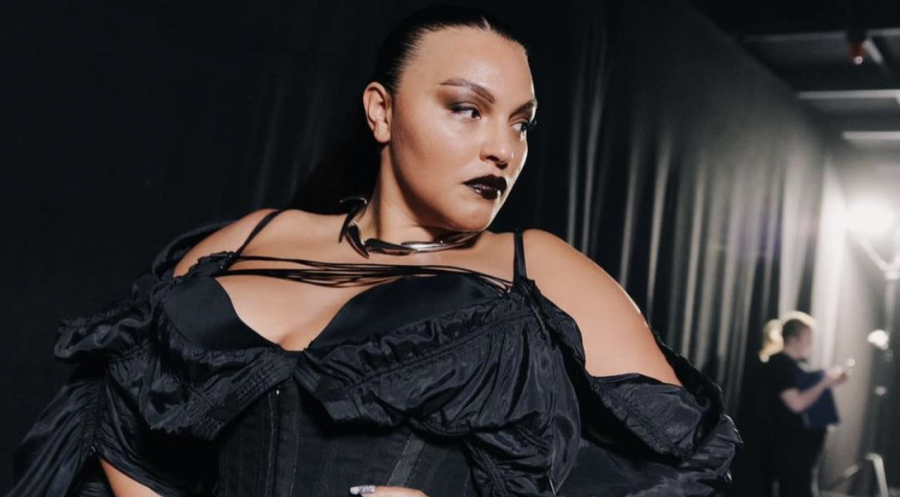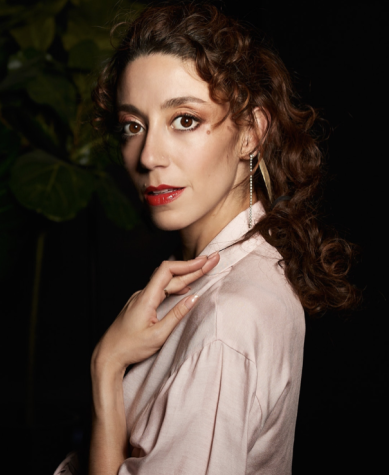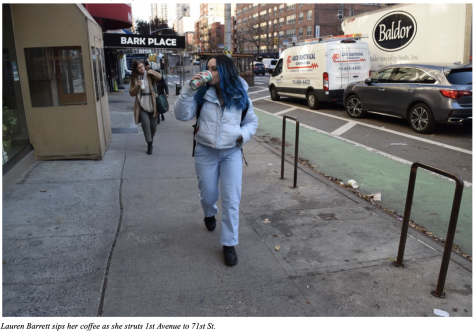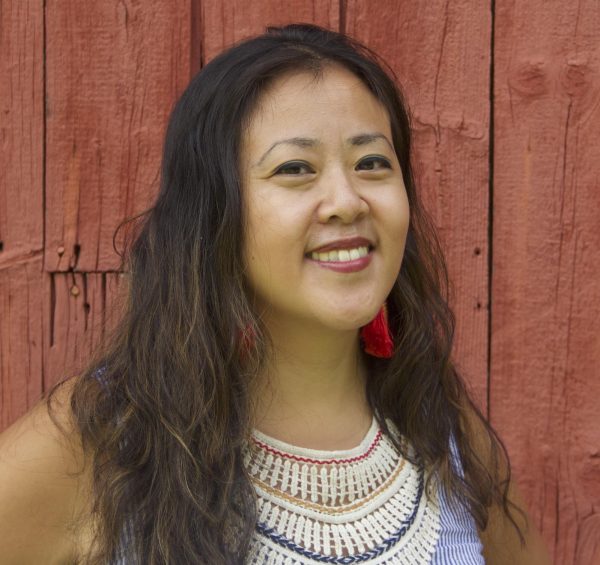Is Thin-Tradition Finally Retired in the Fashion Industry?
Reading Time: 2 minutesAt the height of body positivity in the fashion industry, models up to a size 32 are seen walking down the runways of Versace, Fendi, and other luxury fashion houses. Being a size zero is no longer a requirement for women models. However, body standards still remain intact in menswear and as well as in houses such as Prada and YSL, who have never hired a plus size model, sticking to “thin-tradition.” Miuccia Prada, head creative director for heritage luxury fashion house Prada, nodded at plus-size models being on the runway as “trendy” and “a joke” in a WomenswearDaily interview.
Thin tradition has been prevalent in the fashion industry since the dawn of time. Stemming back to the first fashion show in 1903, women with 24-inch waists were shown with shrunken 23-inch waists due to corsetry. Hyper-thin and small-waist were and still are the qualifications for being a successful model. Designers showed clothing to make models look thinner, utilizing vertical motifs and shapewear technologies. Fashion could only begin descending from thin tradition to body positivity in the past decade.
Menswear is the most exclusive branch of fashion regarding casting models. No plus-size man has ever been cast by a high-profile luxury house to premiere in fashion week, but according to Vogue Business, Plus-size men told luxury fashion houses, “we’re coming for you.” Thus far, IMG is the only modeling agency to sign plus-size male models. However, smaller “emerging” brands such as Kiko Kostvdinov and Kidsuper were among the seven out of 77 brands to include plus-size men in their runways for Autumn/Winter 2022, leaving an indefinite gap in the market for plus-size luxury menswear and representation.
Plus-size women have been walking the runways for about a decade in high fashion, with many being introduced each new season. Models such as Ashley Graham, Paloma Elsesser, and Precious Lee have paved their way on the runways of Versace, Ferragamo, and Fendi, making a name for plus-size women in modeling and the fashion industry. Elsesser’s Instagram bio reads, “some girls are just bigger than others,” with an overwhelming 544 thousand followers and a grid full of campaigns for Marni, Mugler, and Chanel, to name a few. Elsesser also starred in Victoria’s Secret’s latest campaign, highlighting body inclusivity, a new notion for the brand bashed for only hiring and praising thin models. Ashley Graham is known for her debut as the first plus-size woman ever to grace the cover of Sports Illustrated, a magazine specifically tailored to men, priorly featuring small models in tiny bikinis.
Another problem for plus-size people in the industry is the issue of size inclusivity for ready-to-wear. Often, luxury fashion houses do not manufacture over a US size 10. The only plus-size pieces produced by these houses are custom tailored to their models for various fashion weeks. Smaller designers such as 161 Arlington have already adapted to this, offering up to size XXL; however, houses such as Prada and Dior still only offer slim pickings to their consumers and models.
Despite the new movements in implementing plus-size into high fashion, the size zero still reigns supreme, with no site of its dismissal. Models like Bella Hadid will always have their place in fashion, headlining runways as centerpieces and muses for designers.












Roxann • Feb 28, 2023 at 11:31 am
Excellent article. Yes, yes, and yes! I’m a woman in my late 50’s and have lived through looking at skinny models getting skinnier. It is about time to showcase all body types and maybe then people will start to accept their bodies and stop the self hate. You go Stella!
Todd • Feb 27, 2023 at 9:56 pm
Excellent article! I appreciate you including men’s fashion standards as well. I think this is an often overlooked point.